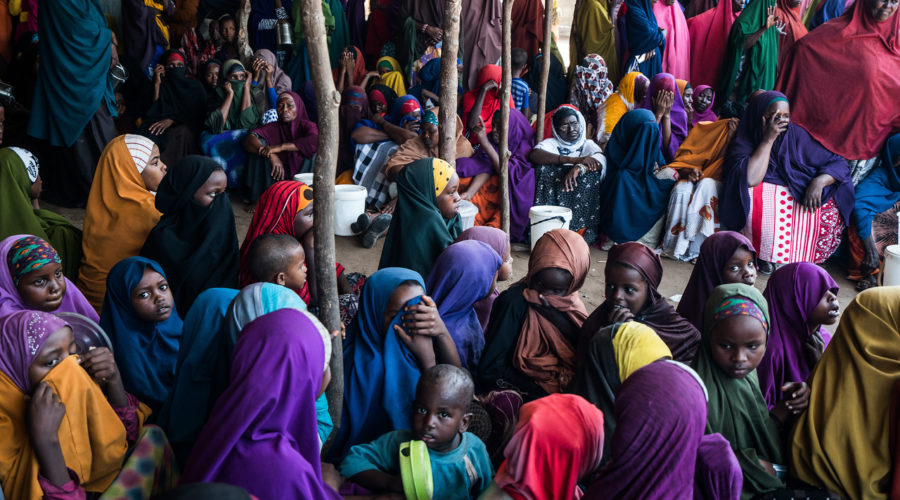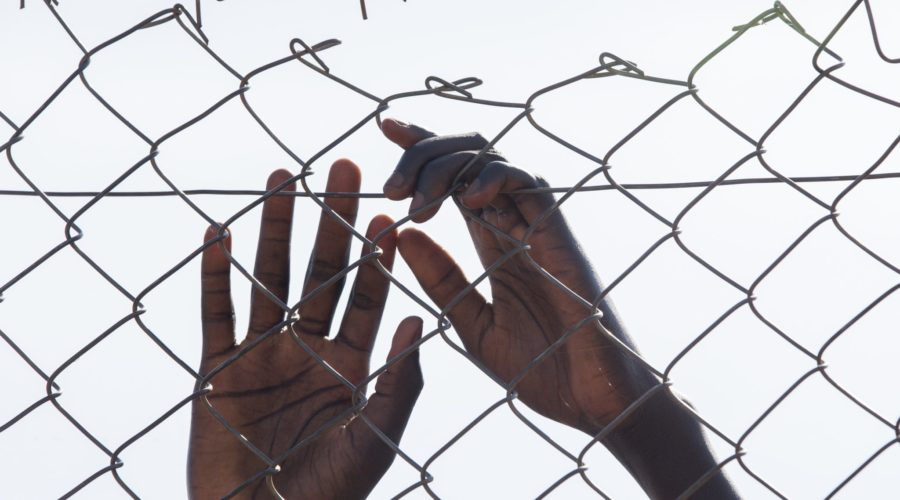Together with the Global Protection Cluster (GPC), World Vision International and the Lebanese NGO Amel Association, the STAIT undertook a learning mission to Iraq in August 2016. The key focus areas were senior field leader’s collective efforts to address accountability to affected people (AAP) and the Centrality of Protection. Iraq was selected as the good practice example based on consultations with the GPC and IASC Task Team on AAP and Protection from Sexual Exploitation and Abuse.
The team met with humanitarian practitioners in Erbil and Baghdad including the Humanitarian Coordinator and Heads of relevant UN agencies, NGOs and clusters, and conducted focus group discussion in Debagaa camp with internally displaced people (IDPs). The mission was followed by a desk review involving Nepal, Burundi and Sudan (AAP), and Yemen, Syria, the occupied Palestinian territory, and South Sudan (Centrality of Protection).
The Practical steps that HCs and HCTs can take to put their protection responsibilities into practice are summarised on the STAIT centrality of protection webpage and set out in the STAIT and Global Protection Cluster Note: ‘The Centrality of protection in practice: Practical steps for HCs and HCT.
The mission captured a series of good practices on collective leadership, including:
- Putting protection at the heart of the humanitarian response. This short paper looks at practical steps taken by the HC and HCT in Iraq to put protection into practice in the work of the HCT, the Humanitarian Response Plan, in-country funding modalities and in the operation more broadly. The paper seeks to support the transfer of knowledge and learning among humanitarian field leaders facing similar challenges in different contexts.
- Protecting civilians in armed conflicts. This short paper looks at practical steps taken by the HC and HCT members in Iraq to put civilians in armed conflict at the centre of the response. It is intended for senior field leaders working in conflict and complex operations who have to decide if, when, and how to engage with key political, military and diplomatic decision-makers to protect civilians in armed conflict. These steps were also discussed by the Resident and Humanitarian Coordinator in Iraq, Lise Grande during the Protection of Civilians: Mission Impossible? Humanitarian Leadership in Action webinar.
- Collective accountability to affected people. This short paper looks at practical steps taken by the Iraq Humanitarian Country Team to improve the two-way communication between displaced people and aid agencies. The paper presents practical steps for field leaders on how to establish a joint call centre and seeks to support the transfer of knowledge building on a good practice from a complex, large-scale, protracted humanitarian crisis.





